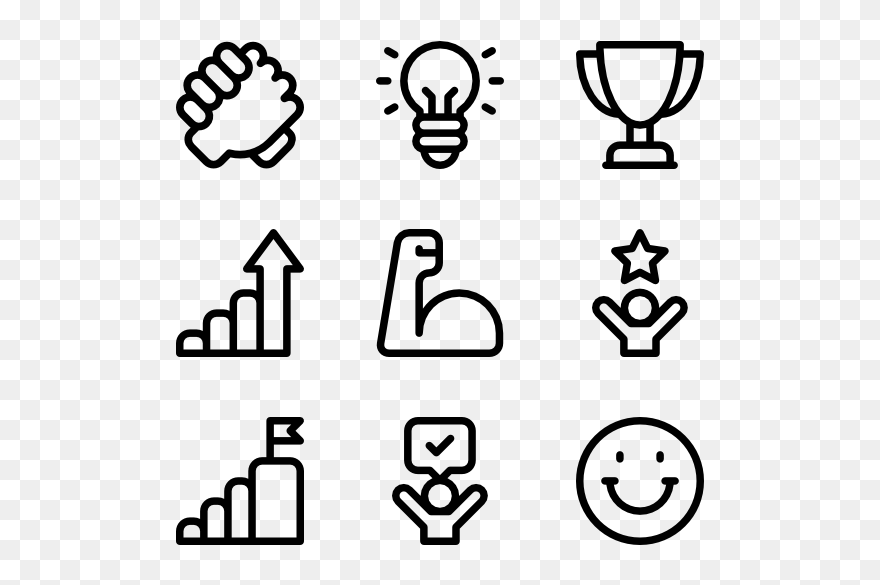Navigating Diverse Workplaces: A Guide to Effective Cross-Cultural Communication
In today's interconnected world, teams are increasingly diverse, bringing together individuals from various cultural backgrounds, languages, and perspectives. This richness presents incredible opportunities for innovation and creativity, but also necessitates a nuanced approach to communication. As a communication and interpersonal skills expert, I offer these strategies for fostering effective communication in diverse work environments.
Embrace Cultural Nuances: Diversity isn't just about differences; it's about the vibrant tapestry of experiences, beliefs, and values each person brings. Acknowledging and respecting these differences is paramount. Understanding that communication styles, norms, and even nonverbal cues can vary significantly across cultures is key to building rapport and trust.
Active Listening: The Foundation of Understanding: Active listening transcends simply hearing words; it involves fully engaging with the speaker, paying close attention to both their verbal and nonverbal cues. Maintain eye contact (while being mindful of cultural variations in eye contact norms), ask clarifying questions, and summarize key points to ensure accurate comprehension. This demonstrates respect and facilitates a deeper understanding of perspectives.
Clarity Through Concise Language: Avoid jargon, technical terms, and complex sentence structures. Strive for clear, concise language that is easily understood by everyone, regardless of their native language or professional background. Simple language fosters inclusivity and minimizes the risk of miscommunication.
Decoding Nonverbal Communication: Nonverbal cues – body language, facial expressions, gestures – often communicate more than words. Be aware of your own nonverbal communication and be sensitive to the nonverbal cues of others. Remember that interpretations of nonverbal cues can vary across cultures; avoid making assumptions and strive to understand the intended meaning within the cultural context.
Empathy: The Bridge to Understanding: Empathy is the cornerstone of effective cross-cultural communication. Make a conscious effort to understand your colleagues' perspectives, considering their cultural backgrounds and individual experiences. This fosters trust, builds stronger relationships, and creates a more inclusive and supportive work environment.
Visual Aids: Enhancing Comprehension: Visual aids, such as charts, graphs, diagrams, and images, can significantly enhance communication, especially when conveying complex information or bridging language barriers. Visuals provide a shared understanding that transcends linguistic differences.
Confirmation and Clarification: Preventing Misunderstandings: Always confirm your understanding of what has been communicated. Restating key points, summarizing discussions, and asking clarifying questions can help prevent misinterpretations and ensure everyone is on the same page.
Feedback: A Continuous Improvement Cycle: Encourage open and honest feedback from your colleagues and be receptive to receiving it yourself. Constructive criticism is invaluable for identifying areas for improvement in communication and building stronger team relationships.
Leveraging Technology for Seamless Communication: Utilize technology to facilitate communication across geographical distances and cultural divides. Video conferencing, instant messaging, collaborative project management tools, and translation software can greatly enhance efficiency and inclusivity.
Adapting Communication Styles: A Sign of Respect: Recognize that communication styles differ across cultures. Some cultures favor direct and assertive communication, while others prefer indirect and more subtle approaches. Be adaptable and flexible in your communication style to better connect with individual team members.
Finding Common Ground: Building Connections: Identifying shared interests, goals, or values can help build rapport and foster a stronger sense of community within the team. These shared connections can facilitate more effective and meaningful communication.
Time Zone Awareness: Respecting Schedules: When working with colleagues across different time zones, show consideration for their working hours and schedule meetings or communications at times that are convenient for everyone involved. Respecting time differences demonstrates professionalism and enhances collaboration.
Avoiding Assumptions: Embracing Individuality: Never make assumptions about individuals based on their cultural background, appearance, or any other perceived characteristic. Each person is unique, and generalizations can severely hinder effective communication and create a hostile work environment.
Translation Services: Bridging Language Gaps: When language barriers exist, utilizing professional translation services ensures that all team members can participate fully and understand communications. This promotes inclusivity and allows for more effective collaboration.
Cultivating a Collaborative Culture: The Key to Success: Foster a culture of teamwork, mutual respect, and open communication. A positive and inclusive work environment empowers individuals to freely share their ideas, promoting effective collaboration and achieving better outcomes.
Mastering effective communication in diverse settings is an ongoing journey. Regularly seek feedback, reflect on your communication style, and adapt your approach as needed. This commitment to continuous improvement will foster a more harmonious and productive work environment for everyone.
I'd love to hear your experiences! Share your thoughts and challenges in the comments below. What strategies have you found most effective in navigating diverse communication environments?




No comments yet. Be the first to share your thoughts!